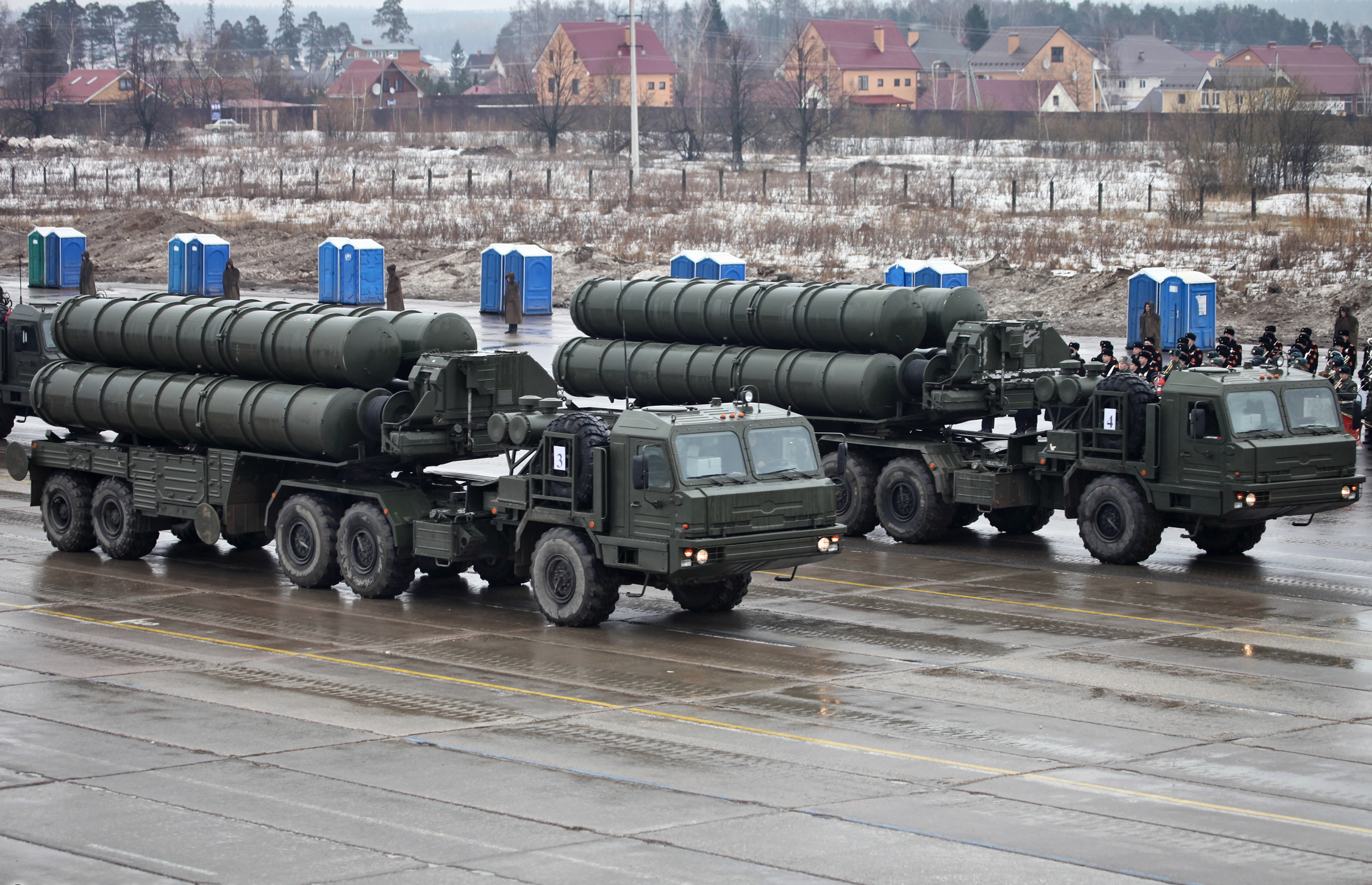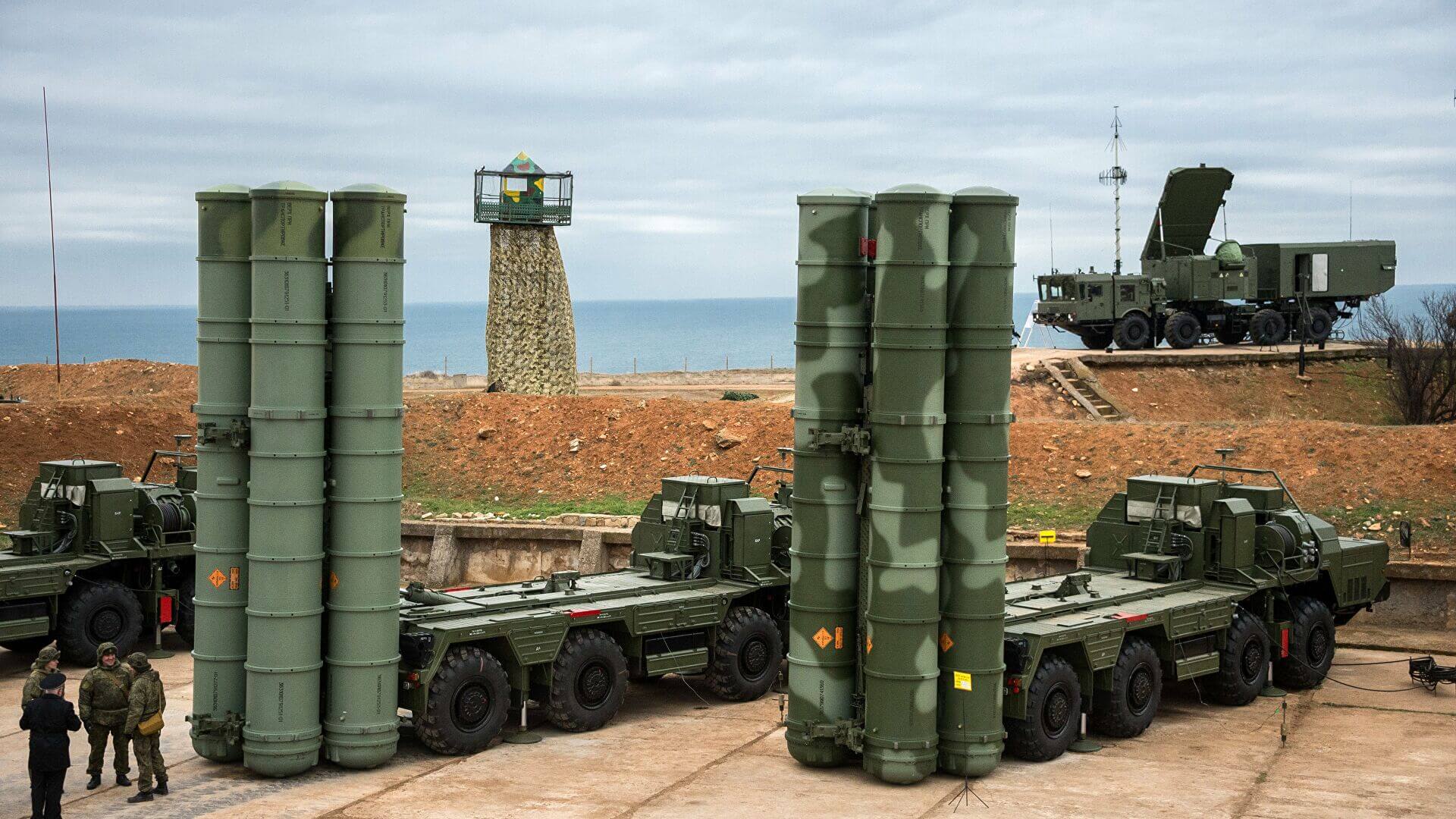India will deploy its first S-400 air defence system’s squadron to the Punjab sector. The delivery of the S-400’s began last month as part of a 2018 $5.5 million deal between India and Russia for five squadrons of the advanced air defence systems.
Speaking to ANI, a government source said the batteries of the first squadron can counter “aerial threats from both Pakistan and China.” The source also confirmed that the unit would be operationalised in the coming weeks. After the first squadron is deployed to the Punjab sector, the Indian Air Force (IAF) will shift its focus to the Eastern sector. This will be complemented with additional resources to train military personnel in the region.
The S-400 is a critical addition to India’s defence equipment, as it allows it to better defend itself against enemy fighter aircraft and cruise missiles from a distance of 400 kilometres. Furthermore, seeing as IAF members have already received training in Russia, the integration of the new system is expected to be smooth.
The S-400 was first deployed in 1993, almost immediately after the collapse of the Soviet Union. It was tested from 1999-2000 and became operational in 2007. Russia has previously deployed the S-400 systems in Syria and Crimea.

The system comes with a “multifunction radar, autonomous detection and targeting systems, anti-aircraft missile systems, launchers, and [a] command and control centre,” and can engage 36 targets simultaneously. To date, Algeria, Belarus, China, and Turkey are among the countries to have purchased the S-400 systems from Russia. In fact, the Chinese army has stationed two S-400 squadrons of its own across Ladakh and Arunachal Pradesh.
India’s decision to acquire the squadrons from Russia was not without controversy. The delivery of the squadrons could prospectively trigger sanctions against India under the United States’ Countering Americas Adversaries Through Sanctions Act (CAATSA), 2017, which seeks to deter US allies from purchasing defence equipment from Russia and other adversaries.
India, however, has maintained that the deal was underway before the CAASTSA law was brought into force and, therefore, cannot be used to justify sanctions against it. Nevertheless, it has already reduced its reliance on Russian weapons. From 2016 to 2020, there was a 53% drop in Russian arms exports to India. Simultaneously, its defence ties with the US have increased, with arms sales hitting $3.4 billion in 2020.

